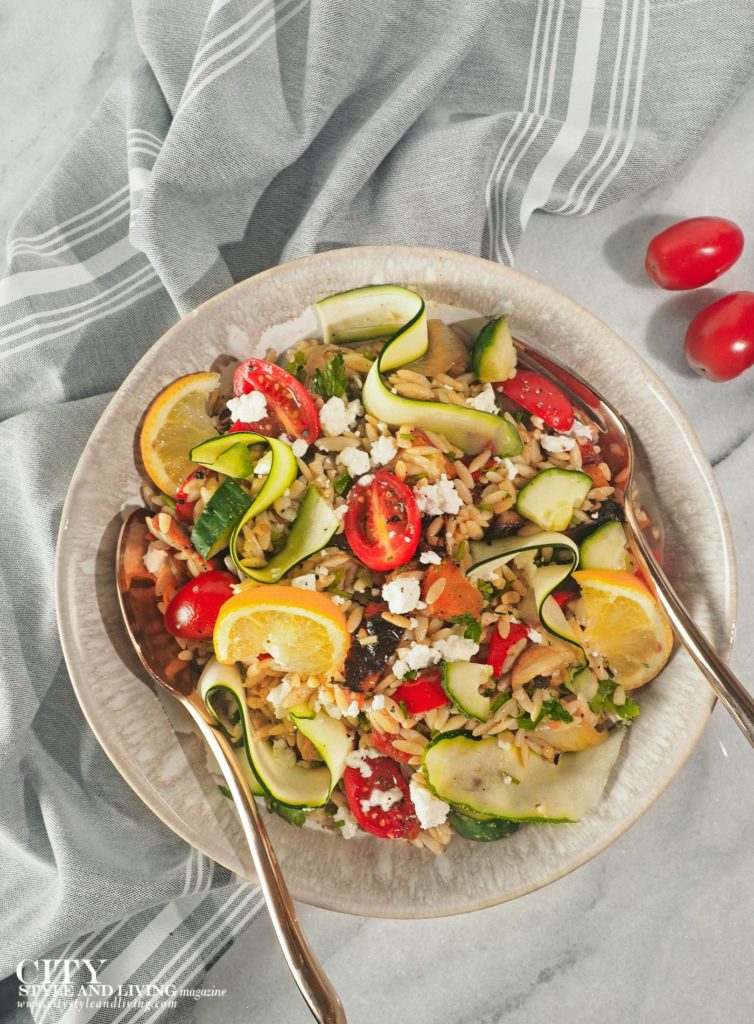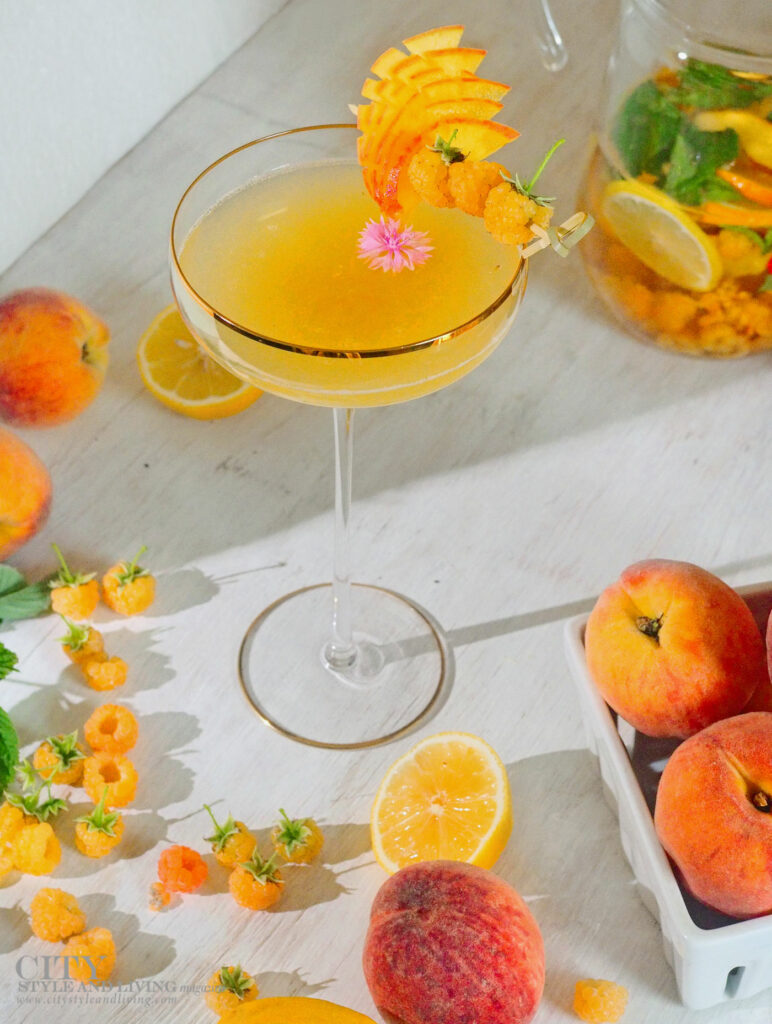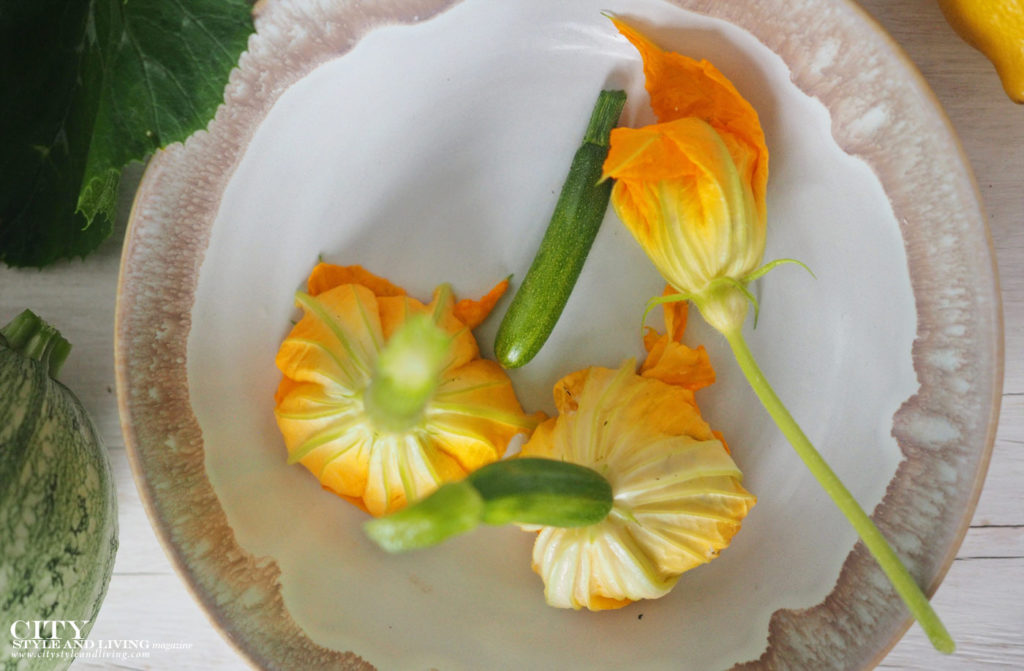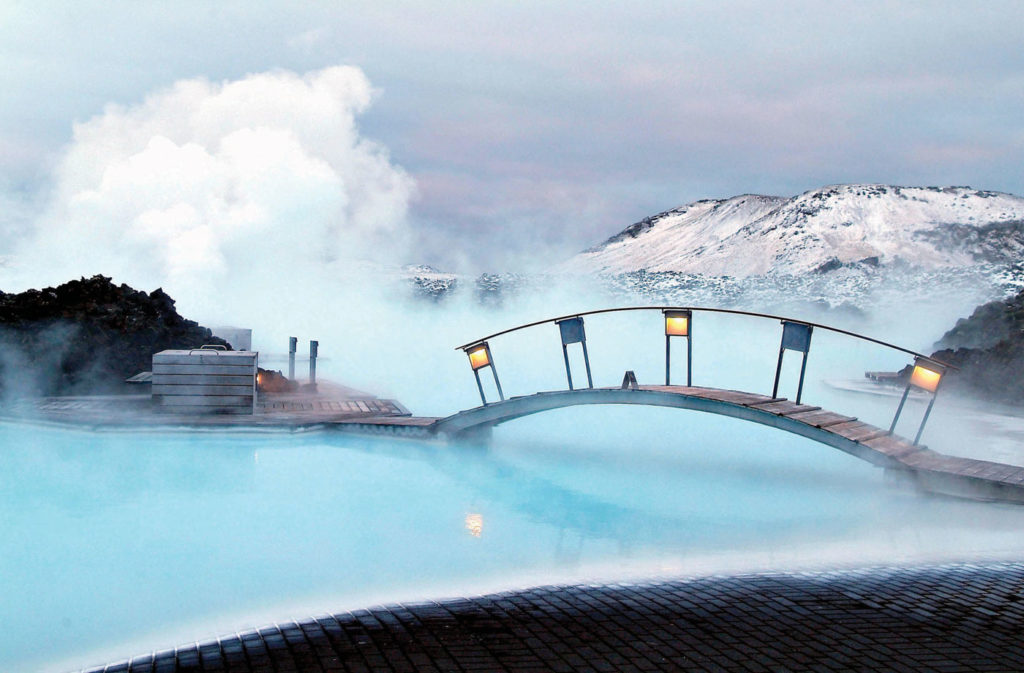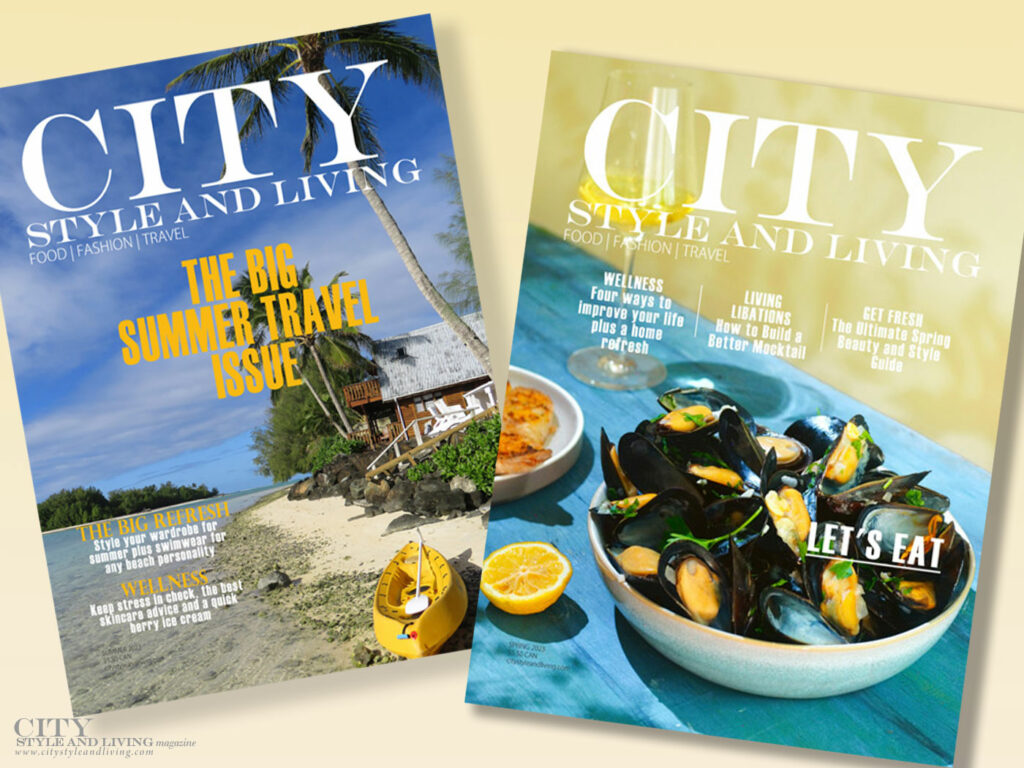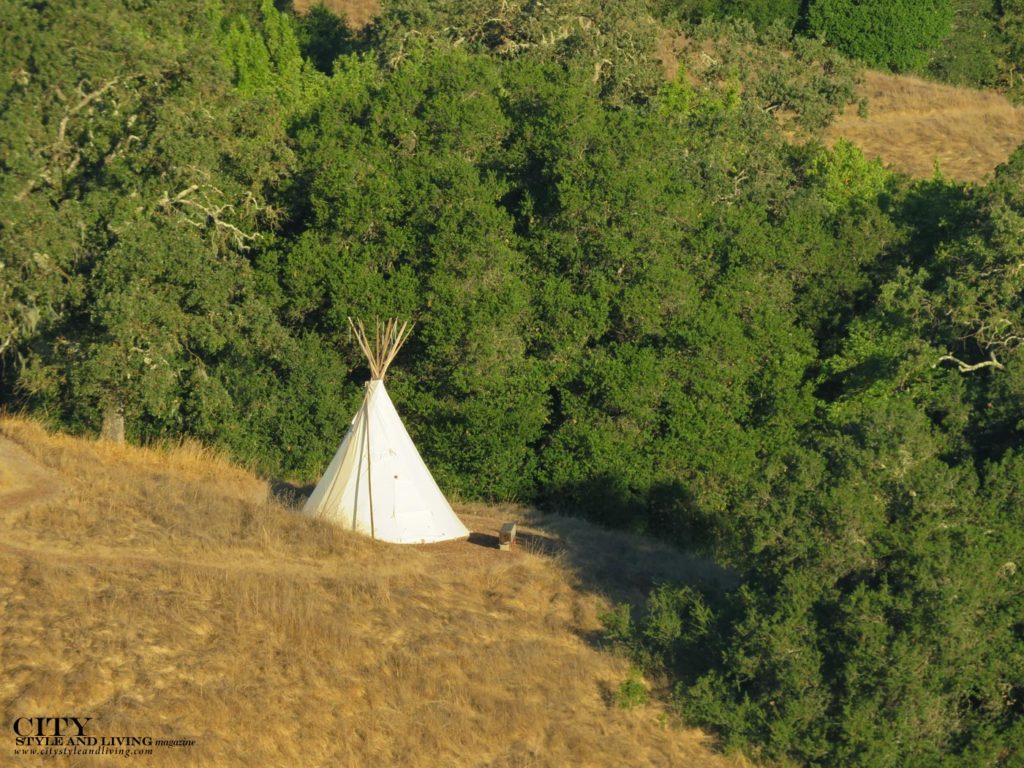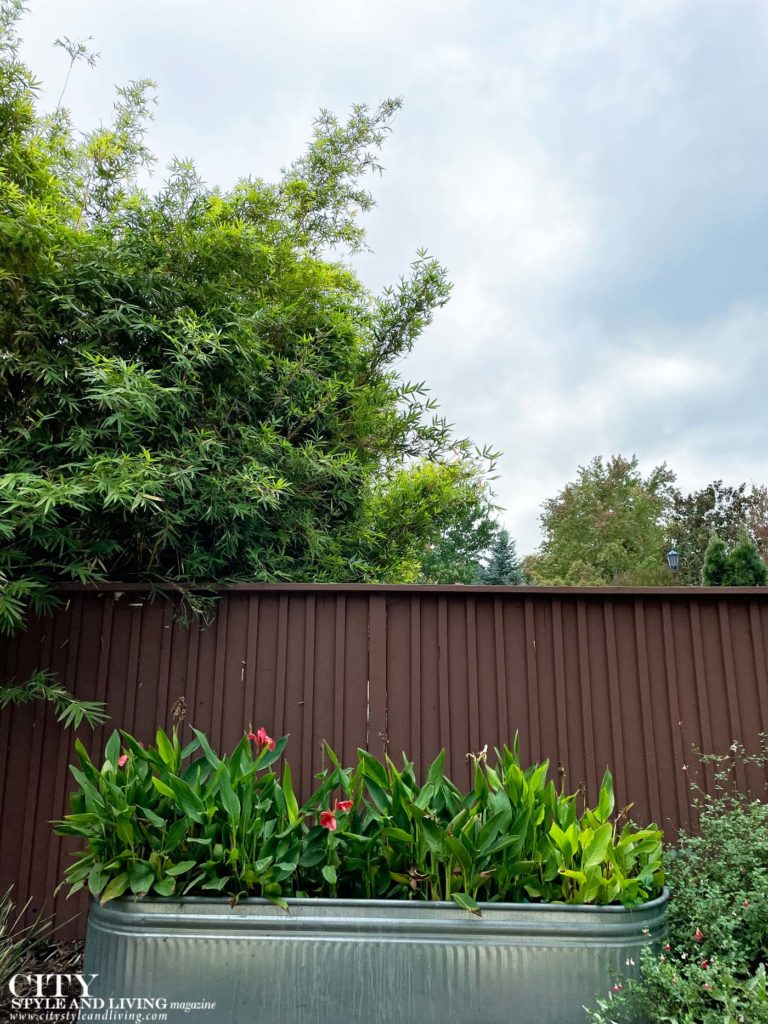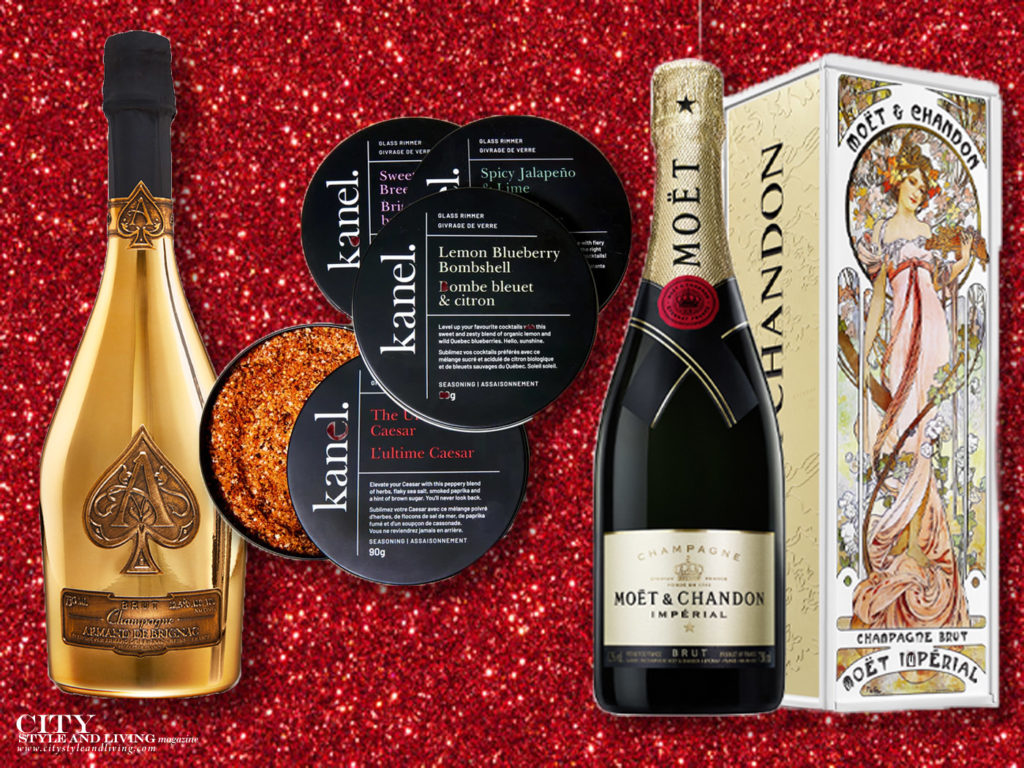
Arrive on an empty stomach and graze at will: between outrageously good hawker food and a burgeoning handful of modern restaurants, Penang is one of the planet’s best escapes for food-obsessed travellers.
People come to the Malaysian island of Penang just to eat. Even if you thought you came here for another reason, your priorities might change dramatically once you start digging into the Indian, Chinese, Malay and various hybrid treats available. Days revolve around where and what to eat, and three meals a day starts to sounds depressingly scant. It’s the same for locals, for whom eating out is a daily event.
In the island’s compact capital of George Town, centuries of immigration and trade interact to create culinary shifts within a few minutes’ walk. Sleepy Chinatown laneways are resurrected at dawn as busy dim sum eateries, crammed in the diffuse tropical light with loyal regulars. Head a few blocks southeast to Little India for breakfast, and the tropical humidity is alleviated by softly spinning ceiling fans and refreshing glasses of teh tarik (pulled tea).
Penang’s famed hawker centres become the focus later in the day, with legions of long-established stalls turning out dishes imbued with culinary clues from India, the Malay peninsula and many Chinese provinces. When Hokkien settlers from Fujian province took local wives several centuries ago, Peranakan food (also known as Nyonya food) evolved through the marriage of Chinese and local flavours. One of the planet’s first fusion cuisines, it combines Chinese staples like soy sauce and tofu with tropical ingredients like lemon grass, coconut and galangal; the tamarind-heavy asam laksa is an essential Penang hawkers’ dish.
An almost perverse obsession with food among the locals means that visitors are often smothered in culinary companionship; the traveller who makes the effort to partake in the region’s edible delights will undoubtedly make a few makan kaki (food friends) along the way. Simply put, in this part of the world it’s not ‘How are you?’ but Sudah makan? (Have you eaten yet?)
Reproduced with permission from Great Escapes © 2015, Lonely Planet.



